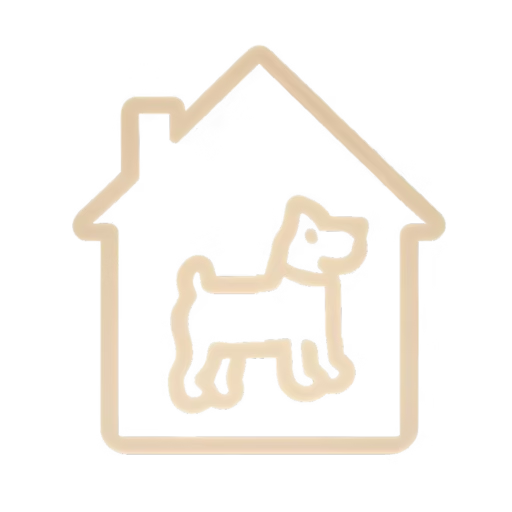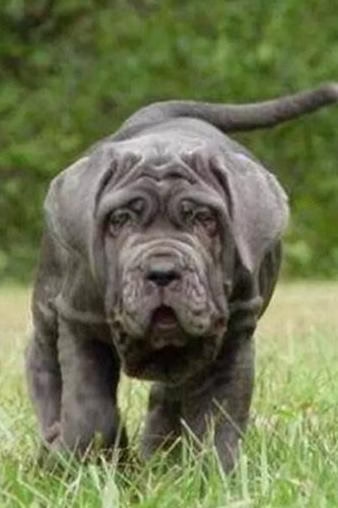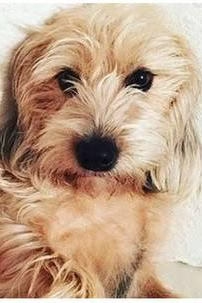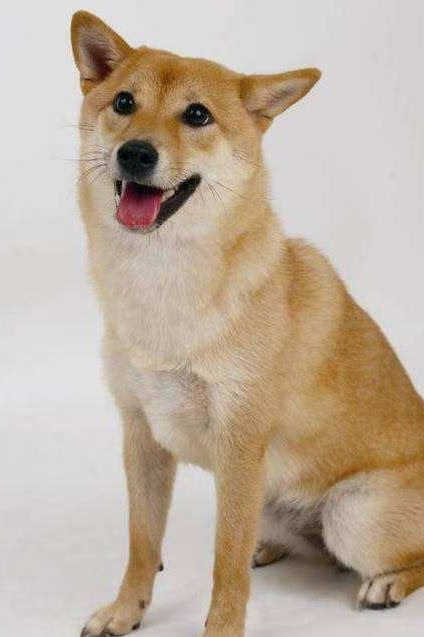Afghan Hound (Kabul Dog/Afghan Dog)

Afghan Hound
Kabul Dog/Afghan Dog
Basic Information
- Category: Pet Dog
- Origin: Afghanistan
- Body Type: Large
- Height: 64-74cm
- Hair Length: Long hair
- Lifespan: 12-15 years
Ratings
| Trainability | ⭐️⭐️ |
| Affection Level | ⭐️⭐️⭐️ |
| Barking Level | ⭐️⭐️ |
| Shedding Level | ⭐️⭐️⭐️ |
Breed Introduction
The Afghan Hound is a noble dog, with a majestic appearance and an aloof attitude, showing no signs of ordinariness or coarseness. Its front is straight, proudly holding its head high, with eyes gazing into the distance as if reminiscing about the past. Notably, this hound has an exotic or Eastern characteristic, a rich expression, a long topknot that is silky smooth, uniquely shaped fur, very prominent hips, and large feet, with the impression of slightly exaggerated bending at the hind knee attributed to its excessive fur. To summarize the striking characteristics of the Afghan Hound’s appearance, it is the king of dogs, a tradition that has always held true through the years.
The Afghan Hound, also known as the Kabul dog, is an ancient breed. Images of this dog appeared in Afghan paintings 4,000 years ago. This breed originated in the Middle East and was later introduced to Afghanistan along trade routes to hunt animals such as gazelles, wolves, and snow leopards. The Afghan breed first landed in England in 1886 and was introduced to America in 1926. Specifically, very little is known about the origins and early history of this hound. Numerous studies have shown that the idea that the Afghan Hound existed in Egypt hundreds of years ago or theories suggesting that this breed evolved on the Asian plains as a representative of primitive hunting dogs are unsubstantiated.
The basic structure of this hound beneath its coat belongs to a very robust type of hunting dog, possibly a result of evolution or bred by other breeds in specific times or regions. However, its incredibly thick and long hair type can be found among local animals and those in high-altitude areas, while the shorter hair on its forehead, back, and underside of the tail may vary with climate changes. In addition, the diversity of the breed, coupled with the variety of Afghan culture and nation, helps explain the superficial conflicts surrounding how this hound has been utilized in its native land. Among known functions of this hound, some views suggest that Afghan Hounds can serve as guard dogs and herding dogs. Undoubtedly, the main role of this hound is as a hunting dog. For generations, Afghan kings have built breeding grounds for hunting dogs. Most puppies develop ‘monkey mustaches’ on both sides of their mouths, primarily used for tracking and hunting by relying on sight to follow their prey while accompanied by mounted hunters. Since this hound often leaves the horse far behind, the Afghan Hound hunts ‘on its own’ rather than relying on commands from the hunter, thereby training its independent thought and becoming a typical representative.
The same principle explains the variety of beasts they reportedly hunt. Afghan Hounds can indeed be used for hunting, regardless of whether the prey appears on-site or is desired by the hunter. With their keen sensitivity in tracking prey, they can pursue any encountered beasts, such as mountain deer, prairie antelopes, and hares. They can also emit low barking sounds like carnivorous animals such as wolves, jackals, wild dogs, and snow leopards. Like Spanish hunting dogs, they can startle quail and partridges for falconers and gun-hunting hunters. Furthermore, like any terrier, they can track groundhogs, whose fur and meat are highly valued by mountain dwellers.
The development of the Afghan Hound began with the Kabul dog, an ancient breed, whose images existed in paintings from 4,000 years ago in Afghanistan, originally from the Middle East and used for hunting gazelles, wolves, and snow leopards. The Afghan breed first landed in England in 1886, becoming the Royal Dog of England. After introduction to the United States in 1927, it underwent half a century of refinement that gave the Afghan Hound its elegant and powerful appearance, developing a unique style with its beautiful form, strong endurance in harsh environments, impressive agility and strength, and high ornamental value, which subsequently led to its popularity in Europe and worldwide.






